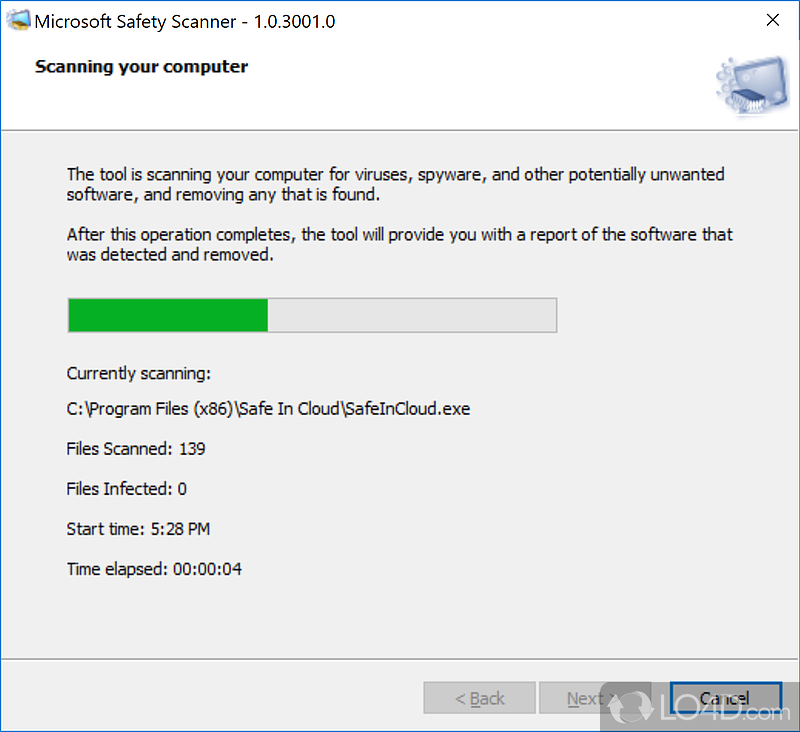
The fact that humans are a key flaw in cybersecurity strategy is hardly news – or, at least, it shouldn't be news. Perimeter firewalls, multi-tiered logins, multi-factor authentication, AI tools – all of these are easily rendered ineffective when Bob from a nondescript department clicks on a phishing link in an email. It doesn't matter how state-of-the-art your best defenses are.

There's no easy, technology-driven fix for what is really cybersecurity's biggest challenge: the actions of human beings.


It could be an AI-based tool, a new superior management tool, or something else – and it would probably be quite effective at what it promises to do.īut is it a silver bullet for all your cybersecurity problems? No. You hear that a lot in the world of cybersecurity, where you're often promised a fast, simple fix that will take care of all your cybersecurity needs, solving your security challenges in one go. On PowerShell version 3.0 you can do: #Requires -Version 3.0 $scriptrootpath = Split-Path -parent $MyInvocation. I’ve automated this task with a small PowerShell script that runs as a scheduled task under a specific domain user account who has his proxy settings configured: The 32bit and 64bit file can be dowloaded from the following locations:

Here’s what I did (I was using powershell V2 at that time): I won’t have been able to achieve this task without PowerShell 😎 While investigating an APT (Advanced Persistent Threat) in September, the CSO in my organisation asked me to run the free MSERT tool in ‘detect-only’ mode on both Windows XP (32bit) and Windows 7 (64bit) workstations. That said, let me also share my recent experience about it 🙂 The original locations of the MSERT site are:


 0 kommentar(er)
0 kommentar(er)
